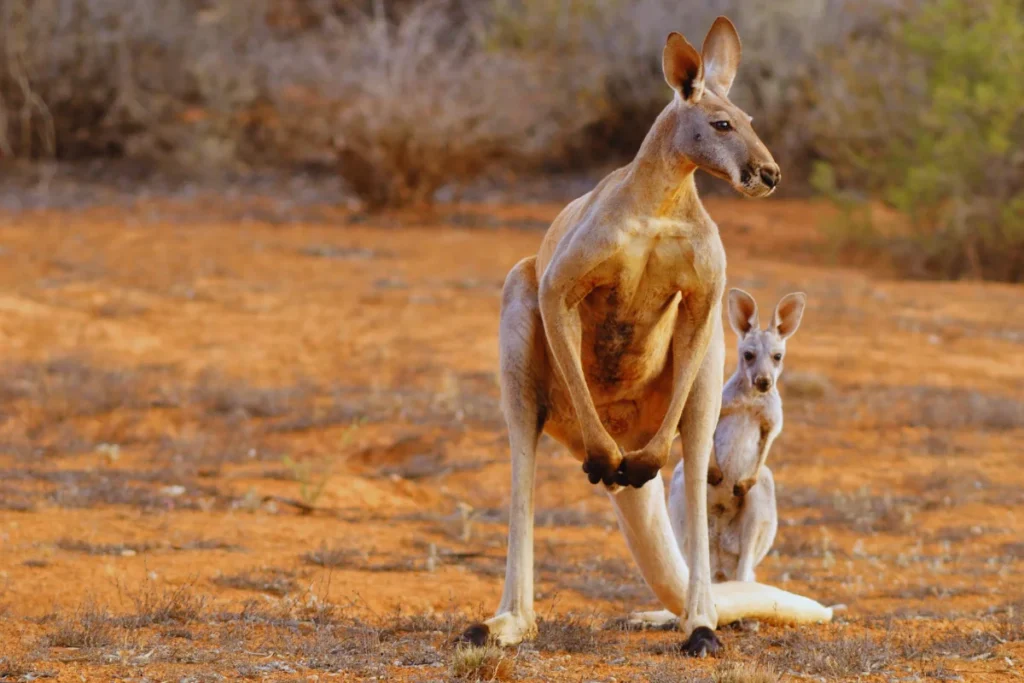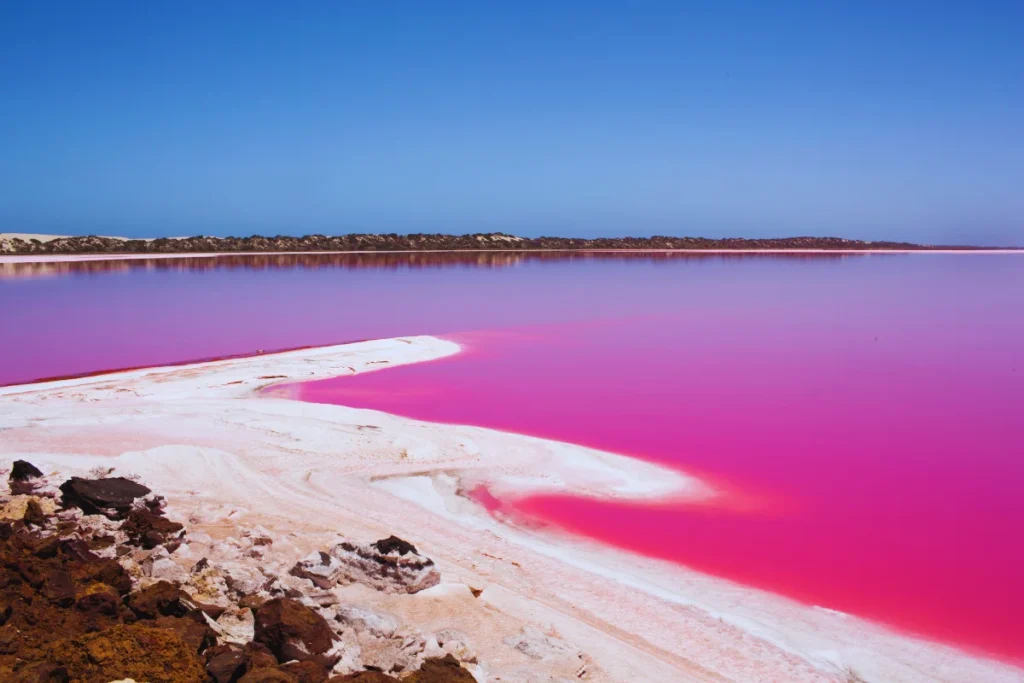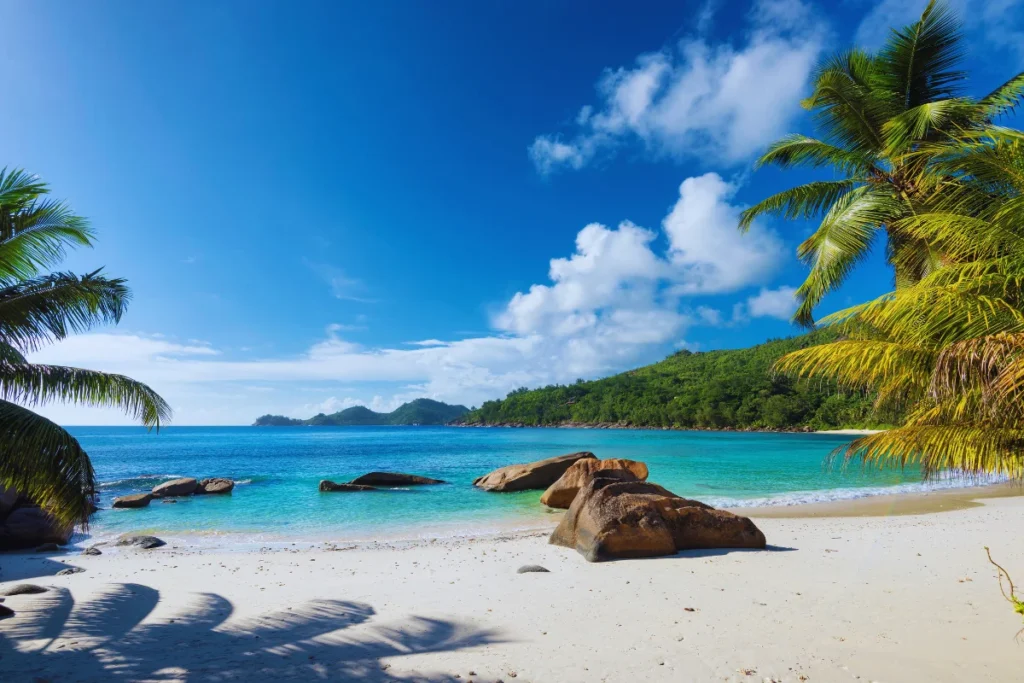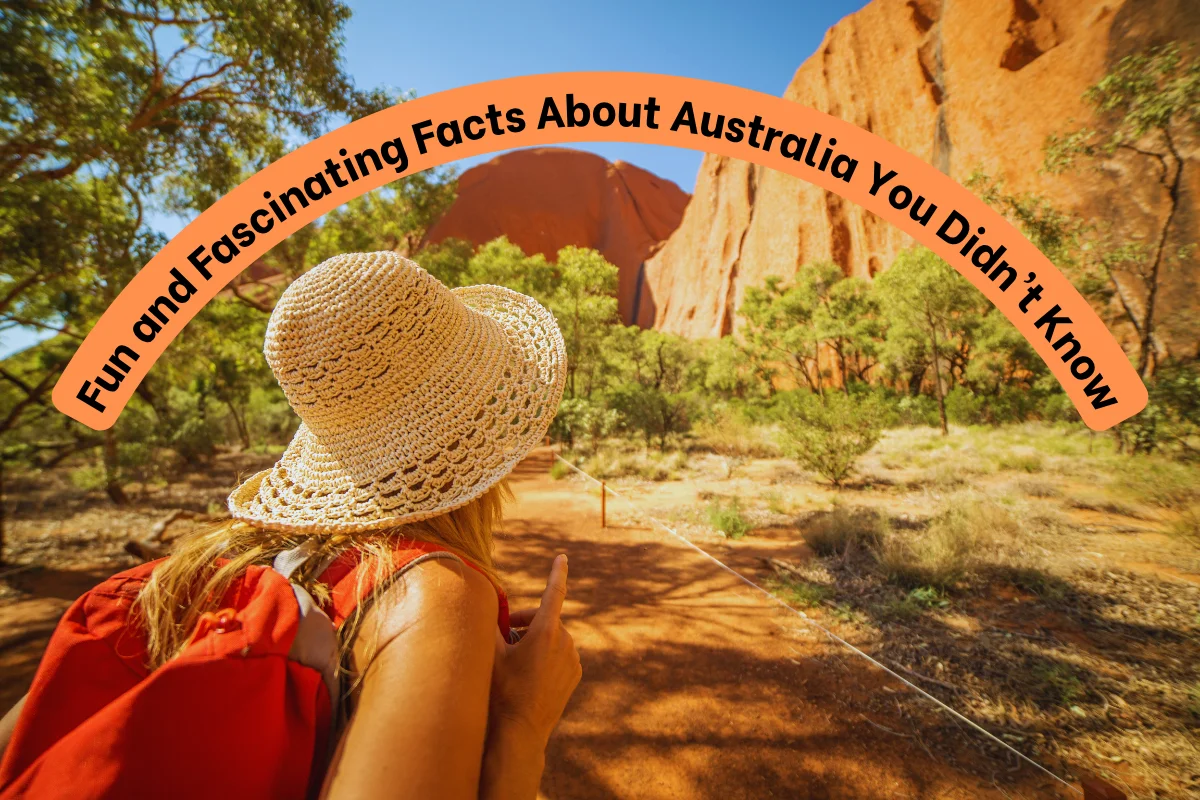Australia is a land of striking contrasts and unforgettable experiences. From sun-drenched beaches and ancient rainforests to bustling cities and wide-open outback, it is a country that captures the imagination of travelers around the world.
Known for its vibrant culture, unique wildlife, and natural wonders like the Great Barrier Reef and Uluru, Australia holds a special place on many bucket lists.
But beyond the famous landmarks and kangaroos, there is so much more to discover about this fascinating country.
Australia is full of surprises, and some of the most interesting details often fly under the radar. That is what makes it such a fun and exciting place to learn about, even if you have never visited.
Australia Has More Kangaroos Than People
Australia is one of the few countries in the world where animals outnumber people, especially kangaroos.
As of recent estimates, there are around 50 million kangaroos hopping across the country. That is nearly double the human population, which is just over 26 million.
Kangaroos are more than just common sights in the Australian bush. They are a proud national symbol.
You will find them on the country’s coat of arms, coins, and even airline logos. Their unique appearance and strong connection to the land make them instantly recognizable around the world.

While they are cute and iconic, kangaroos also play an important role in Australia’s economy.
Kangaroo meat is exported to several countries, and their leather is used in some high-quality products. In rural areas, large kangaroo numbers can even create challenges for farmers, especially during dry seasons when food is scarce.
Whether you see them bouncing through the wild or featured in souvenirs, kangaroos are a big part of what makes Australia so unique. It is not just a fun fact; it is a reminder of how closely the country is connected to its wildlife.
It’s Home to the World’s Longest Fence
Australia is home to the world’s longest fence, known as the Dingo Fence or Dog Fence. It stretches over 5,600 kilometers across the country, longer than the distance between London and New York.
This impressive barrier was built to keep dingoes, wild native dogs, away from valuable farmland in the southeastern part of the country.
The fence runs through deserts, grasslands, and remote areas, making it one of the most remarkable man-made structures in Australia.
It was first constructed in the late 1800s and completed in the 1950s. Its main goal was to protect sheep farms from dingo attacks, which caused serious losses to livestock.
Over time, the Dingo Fence has become more than just a protective measure. It is now a curious attraction for travelers and an interesting conversation starter. Some even refer to it as Australia’s Great Wall.
While its usefulness is still debated today, there is no denying its place in the country’s history and its quirky charm as one of Australia’s lesser-known wonders.
Planning a trip to Australia ? Stay connected from the moment you land with our hassle-free, affordable Australia eSIM — perfect for tourists who want fast data without roaming fees.
You’ll Find a Pink Lake in Australia
Australia is home to a natural wonder that looks almost unreal—Lake Hillier, a lake with a bright bubblegum-pink color. Located on Middle Island off the coast of Western Australia, this lake stands out for its unique and vibrant shade that stays pink all year round.

The reason behind the color is a mix of high salt levels and the presence of certain algae and bacteria that thrive in salty water. These organisms produce a red pigment that gives the lake its famous pink hue.
While you can’t swim in Lake Hillier due to its remote location and conservation efforts, you can still admire it from above.
Scenic flights offer stunning aerial views of the pink lake next to the blue ocean. It’s one of Australia’s most eye-catching and unusual natural attractions.
Aussies Invented Wi-Fi
Did you know that the Wi-Fi you use every day was largely made possible by Australian scientists?
In the 1990s, researchers at CSIRO (the Commonwealth Scientific and Industrial Research Organisation) developed key technology that made high-speed wireless internet possible.
Their breakthrough solved the problem of transmitting data reliably without wires, which laid the foundation for modern Wi-Fi networks around the world.
The impact of this invention is huge. From streaming movies to video calls and online shopping, Wi-Fi has become essential to everyday life. And it all started in Australia with a team that saw the future of wireless communication.
Wi-Fi isn’t the only clever idea to come out of Australia. Aussies also invented the black box flight recorder, the bionic ear (cochlear implant), and even the electric drill. These practical inventions show that Australians have a strong history of turning smart ideas into world-changing technology.
Australia Has More Beaches Than You Can Count
Australia is a beach lover’s dream. With over 10,000 beaches lining its vast coastline, it has more sandy shores than almost any other country in the world. If you decided to visit just one beach every single day, it would take you about 27 years to see them all. That’s how massive and diverse Australia’s coastline really is.

From famous tourist spots to quiet, hidden gems, each beach offers something special. Bondi Beach in Sydney is known for its surf culture and vibrant scene.
Whitehaven Beach in the Whitsundays is famous for its pure white silica sand and clear blue water. And over in Western Australia, Cable Beach offers golden sunsets and camel rides along the shore.
Whether you’re into surfing, snorkeling, sunbathing, or just enjoying the view, there’s a beach in Australia that’s perfect for you. It’s no wonder millions of visitors come every year to experience these beautiful coastlines.
The Great Barrier Reef Is the World’s Largest Living Structure
The Great Barrier Reef is one of Australia’s most iconic natural wonders. Stretching over 2,300 kilometers along the northeast coast, it is the largest living structure on Earth and even visible from space. It is made up of thousands of individual reefs and hundreds of islands, all teeming with colorful marine life.
This reef system is home to an incredible variety of species. You can find over 1,500 types of fish, 400 kinds of coral, and countless turtles, dolphins, and seabirds.
It plays a vital role in marine biodiversity and supports both the environment and the local economy through tourism and fishing.
In recent years, the reef has faced challenges from climate change, coral bleaching, and pollution.
That’s why conservation efforts are more important than ever. Programs are in place to protect the reef and restore damaged areas, helping future generations enjoy this natural treasure.
Australia Is Home to the World’s Largest Rock
Many people think Uluru is the biggest rock in the world, and while it’s incredibly famous, Mount Augustus in Western Australia is actually larger. Still, Uluru remains one of the most important and impressive landmarks in the country.
Located in the heart of the Northern Territory, Uluru rises 348 meters above the desert and has a deep spiritual meaning for the Anangu people, the area’s Indigenous custodians.
Its striking red color changes throughout the day with the sunlight, offering a breathtaking view at sunrise and sunset.
Uluru is not just a natural marvel. It is a sacred site with ancient rock art and stories passed down for generations.
It is also listed as a UNESCO World Heritage Site, recognizing both its cultural and environmental importance. Visitors are encouraged to learn about its history and respect the traditions of the land’s original owners.
Australia Has Three Time Zones and Sometimes More
Australia has three main time zones: Australian Western Standard Time (AWST), Australian Central Standard Time (ACST), and Australian Eastern Standard Time (AEST). These cover the country from west to east.
Some states and territories observe daylight saving time, which moves the clock forward during summer months. Others do not, creating extra differences during that period. For example, South Australia has a 30-minute difference compared to its neighbors.
Additionally, places like Lord Howe Island have a unique 45-minute time difference. These quirks can make scheduling tricky but add to Australia’s charm.
It’s the Only Continent That Is Also a Country
Australia is unique because it is both a continent and a country. As a continent, it includes the mainland, Tasmania, and many smaller islands.
As a country, Australia covers the entire continent and is officially called the Commonwealth of Australia. Some people wonder if nearby islands should be included, but geographically, Australia is considered the smallest continent.
This dual status makes Australia special and interesting to travelers and geographers alike.
Home to Some of the World’s Weirdest Wildlife
Australia is famous for its unusual animals. Creatures like the platypus, echidna, and wombat are found only here. These animals evolved in isolation, which is why they look so different from animals in other parts of the world.
The platypus, for example, is one of the few mammals that lay eggs. Echidnas have spines like a hedgehog but are also mammals. Wombats are strong diggers with a backward-facing pouch.
Besides these unique animals, Australia also has some dangerous wildlife like snakes and spiders, but many of its creatures are cute and friendly, making Australia a fascinating place for wildlife lovers.
Conclusion
Australia is a land full of surprises. From its unique wildlife and endless beaches to its rich culture and fascinating history, it offers something for every traveler.
Its special geography and fun facts make it stand out among the world’s countries. Whether you’re curious about kangaroos or the Great Barrier Reef, Australia never fails to amaze.
FAQs
What are some weird facts about Australia?
Australia is home to the pink Lake Hillier, the world’s longest fence (the Dingo Fence), and unique animals like the platypus. It also spans multiple time zones, including a 45-minute difference in some areas.
What makes the Great Barrier Reef special?
The Great Barrier Reef is the world’s largest living structure, stretching over 2,300 kilometers. It’s visible from space and supports thousands of marine species, making it one of the most biodiverse ecosystems on Earth.
Did Australians invent Wi-Fi?
Yes, scientists at Australia’s national science agency (CSIRO) developed the core technology behind modern Wi-Fi in the 1990s, revolutionizing wireless internet worldwide.
How many beaches does Australia have?
Australia has over 10,000 beaches. If you visited one beach every day, it would take you nearly 27 years to see them all.
What is the largest rock in Australia?
Uluru is often considered the largest rock due to its cultural significance. However, Mount Augustus in Western Australia is technically larger in size.
Why is Lake Hillier pink?
Lake Hillier’s vibrant pink color is caused by specific algae and high salt levels. Despite its color, the lake is not harmful to humans.
Is Australia one country or a continent?
Australia is both a country and a continent. It is the only country that spans an entire continent, making it unique in the world.
Why does Australia have multiple time zones?
Australia has three main time zones due to its size: AWST, ACST, and AEST. Some states also observe daylight saving, adding more variations.
What is Australia’s capital city?
Canberra is the capital city of Australia, not Sydney or Melbourne as many people think.
What animals are only found in Australia?
Australia is known for endemic species like the kangaroo, koala, echidna, and platypus. Its isolated evolution led to some of the most unique wildlife on the planet.
